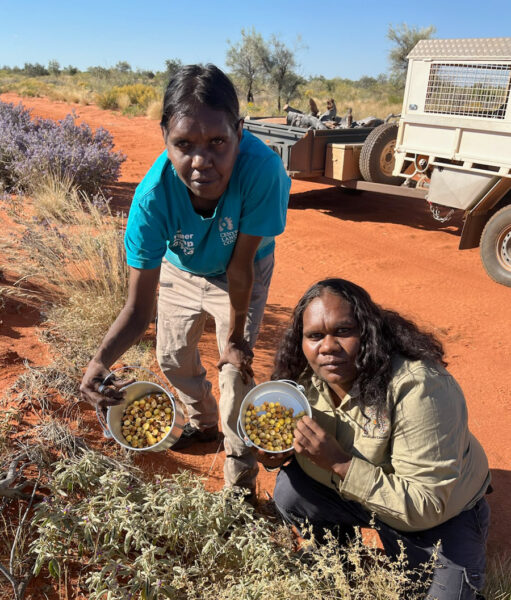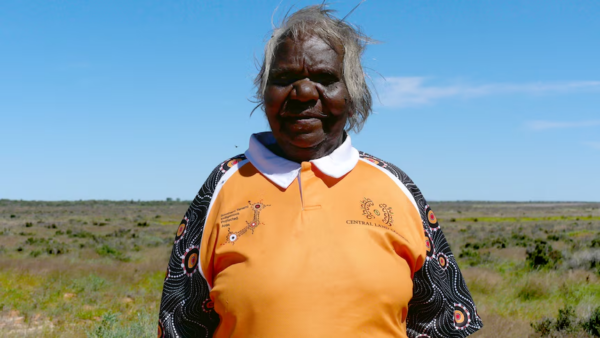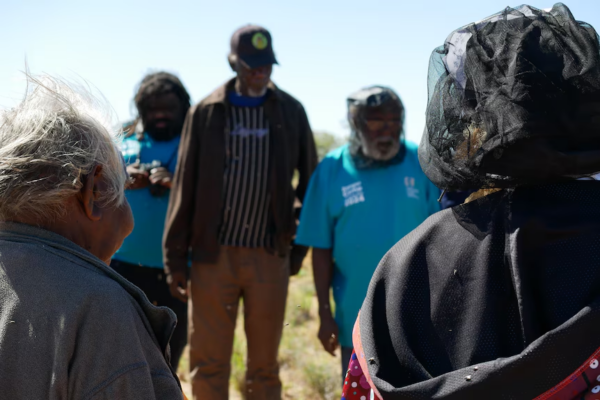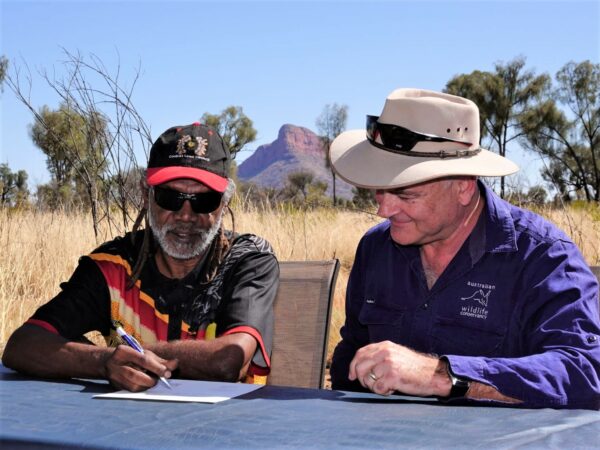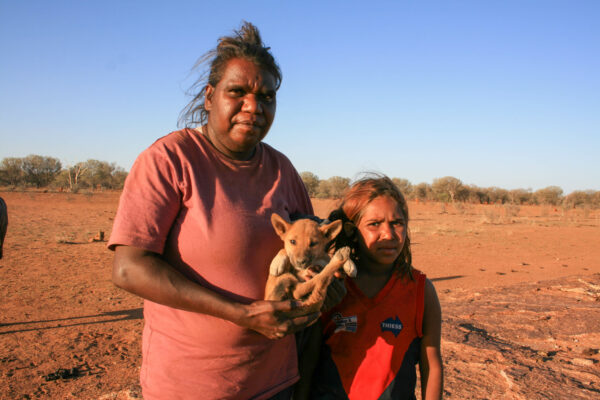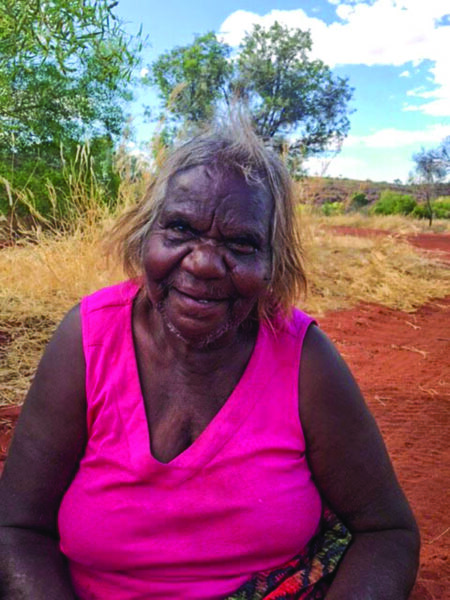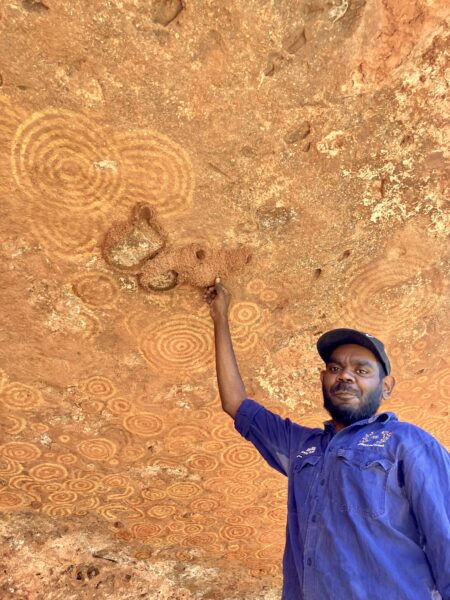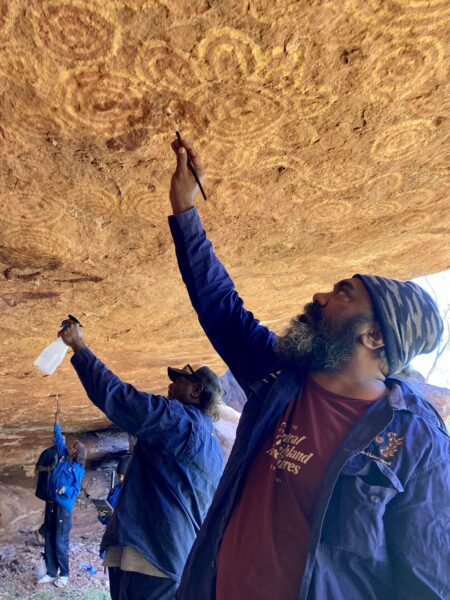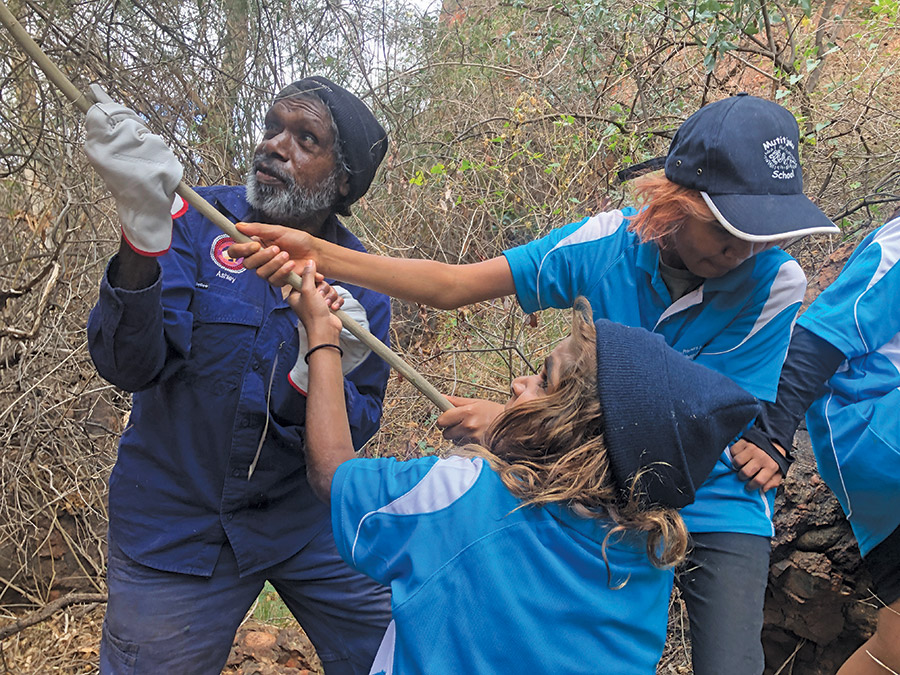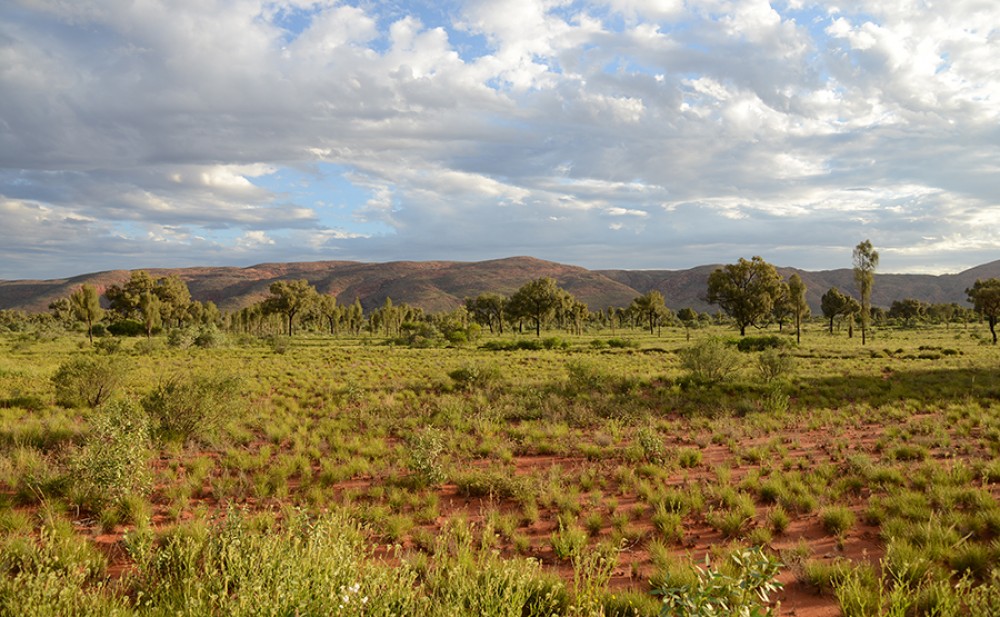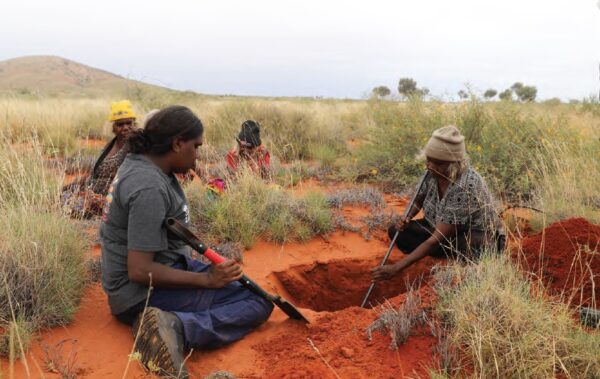
Anangu traditional owners are gathering at Ilpili, a significant water site between Walungurru (Kintore) and Papunya, to celebrate the new Central Western Desert Indigenous Protected Area on Wednesday, 12 March.
The IPA covers the Haasts Bluff Aboriginal Land Trust, some almost 40,000 square kilometres, and comes with additional resources allowing traditional owners and Central Land Council rangers to better care for country.
The IPA is the missing piece of the puzzle between the CLC-managed Southern Tanami, Northern Tanami, Angas Downs and Katiti Peterman IPAs, adding to a network of conservation areas larger than Victoria.
It forms part of a 435,000 square kilometre cross-border protected desert area that also includes neighbouring Uluru-Kata Tjuta and Watarrka national parks.
The IPA features rich cultural landscapes that are home to rare and endangered native plants and animals.
Over the past two decades, nine threatened species have been found here, including the critically endangered central rock rat that survives in the ranges around Papunya.
“The Central Western Desert IPA is not just about conservation,” CLC chief executive Les Turner said.
“It is also about empowering traditional owners to drive the development of the region by creating good jobs on country.”
The IPA’s traditional owners are looking forward to protecting it against feral camels, buffel grass, wildfires and other threats with the help of federal government funding.
The CLC’s Anangu Luritjiku and Walungurru ranger groups will manage this land under the guidance of the traditional owners, following a detailed IPA management plan.
“This IPA gives us our own voice and brings all the communities together in managing our land,” Anangu Luritjiku ranger group coordinator Lynda Lechleitner said.
“It’s also going to make it faster to deliver our work on the ground because we are all working towards the same plan.”
The rangers of tomorrow will be front and centre of the community celebration at Ilpili, 400 kilometres west of Alice Springs.
Children from schools across the land trust will join the adults for purlapa (ceremonial dancing), billy can races, spear throwing, sand painting, water testing and animal tracking.
The Australian Government’s $231.5 million IPA program supports this project.
IPAs are established under agreements between First Nations peoples and the Australian Government to manage and protect areas of land and sea for biodiversity conservation.
They make up more than 13 per cent of Australia’s landmass and more than half of the national reserve system.
The government has set a target to protect and conserve 30 per cent of Australia’s land and oceans by 2030.
The Central Western Desert IPA adds nearly four million hectares to help reach this target – more than 24 per cent of Australia’s landmass is now protected.
MEDIA CONTACT: Sophia Willcocks | 0488 984 885 | sophia.willcocks@clc.org.au

